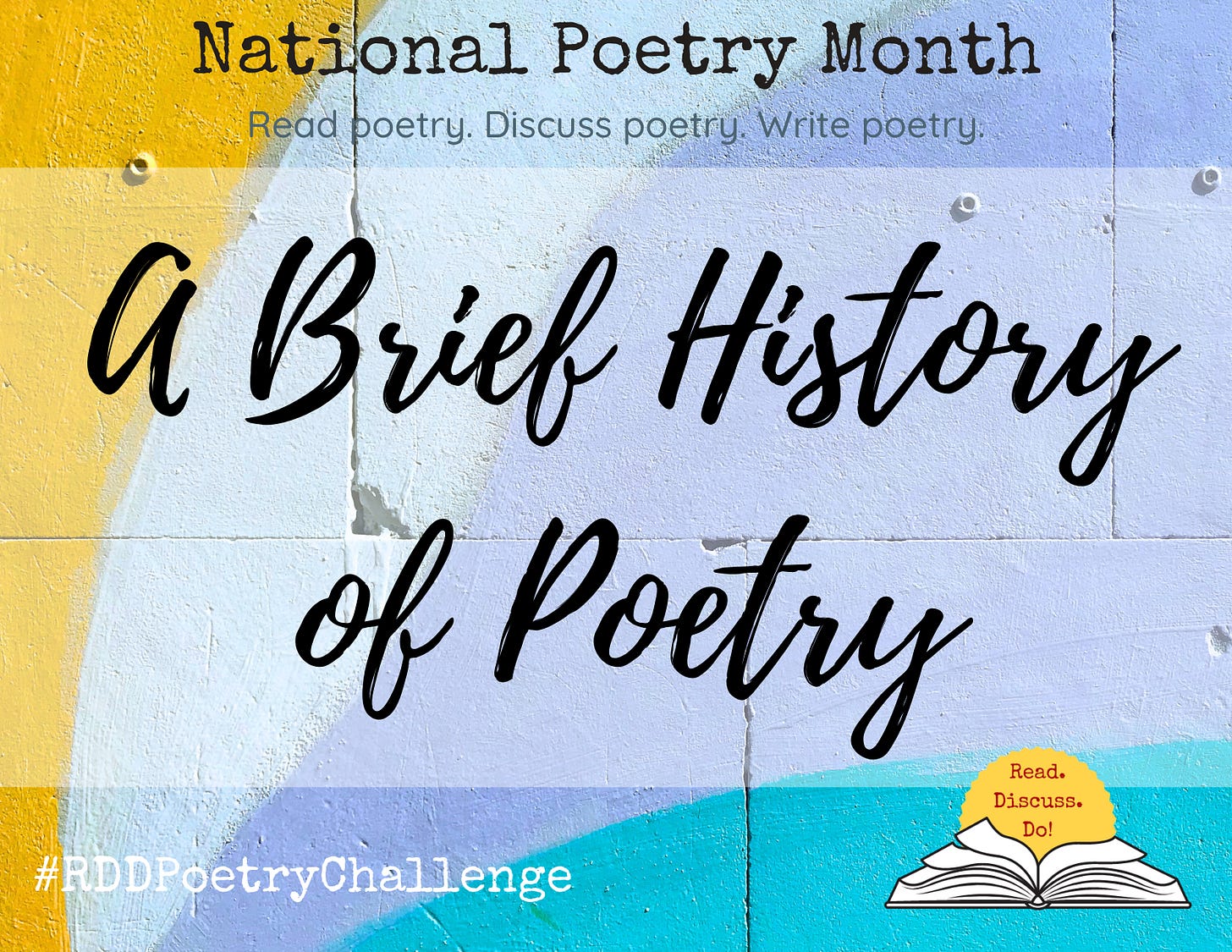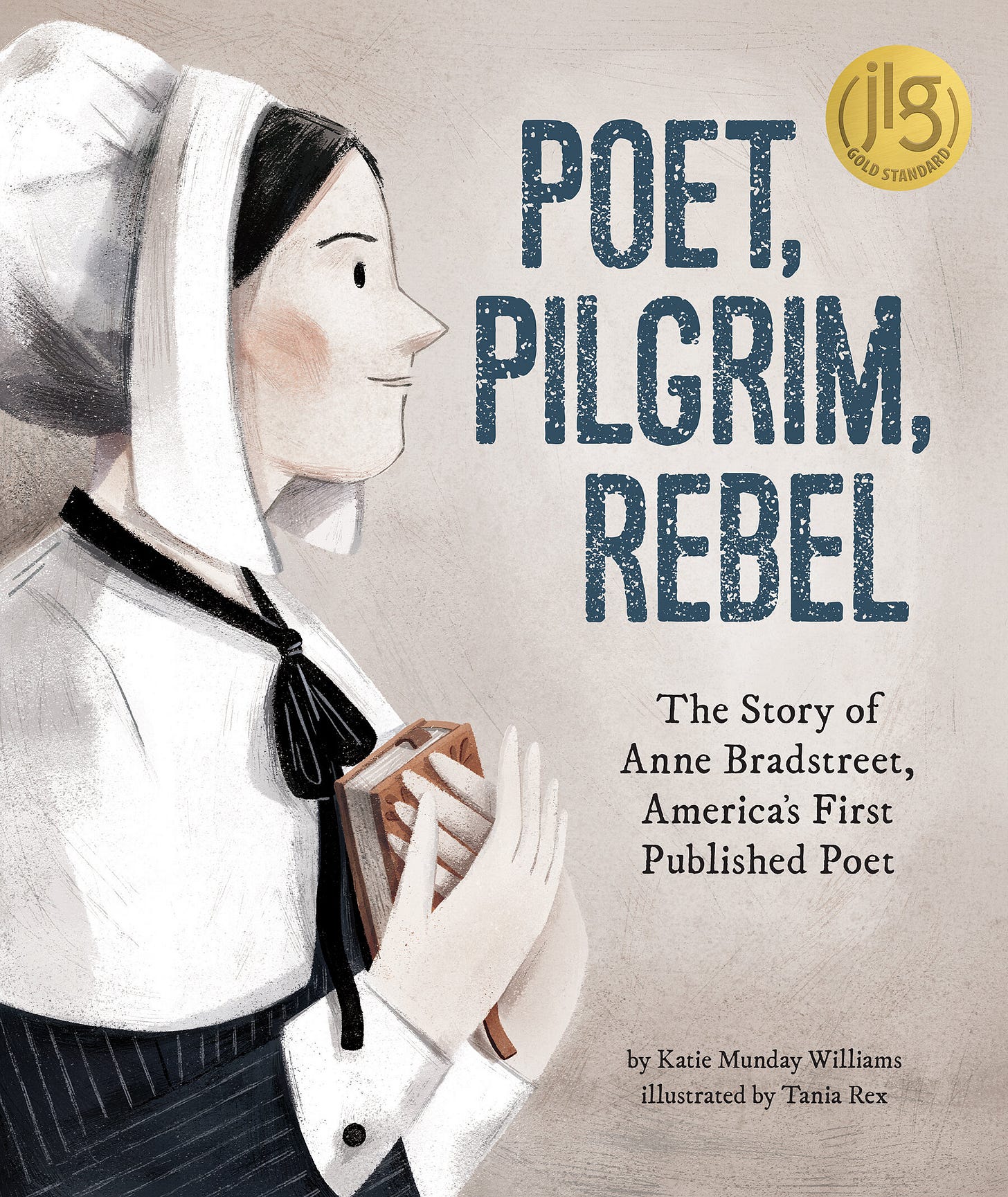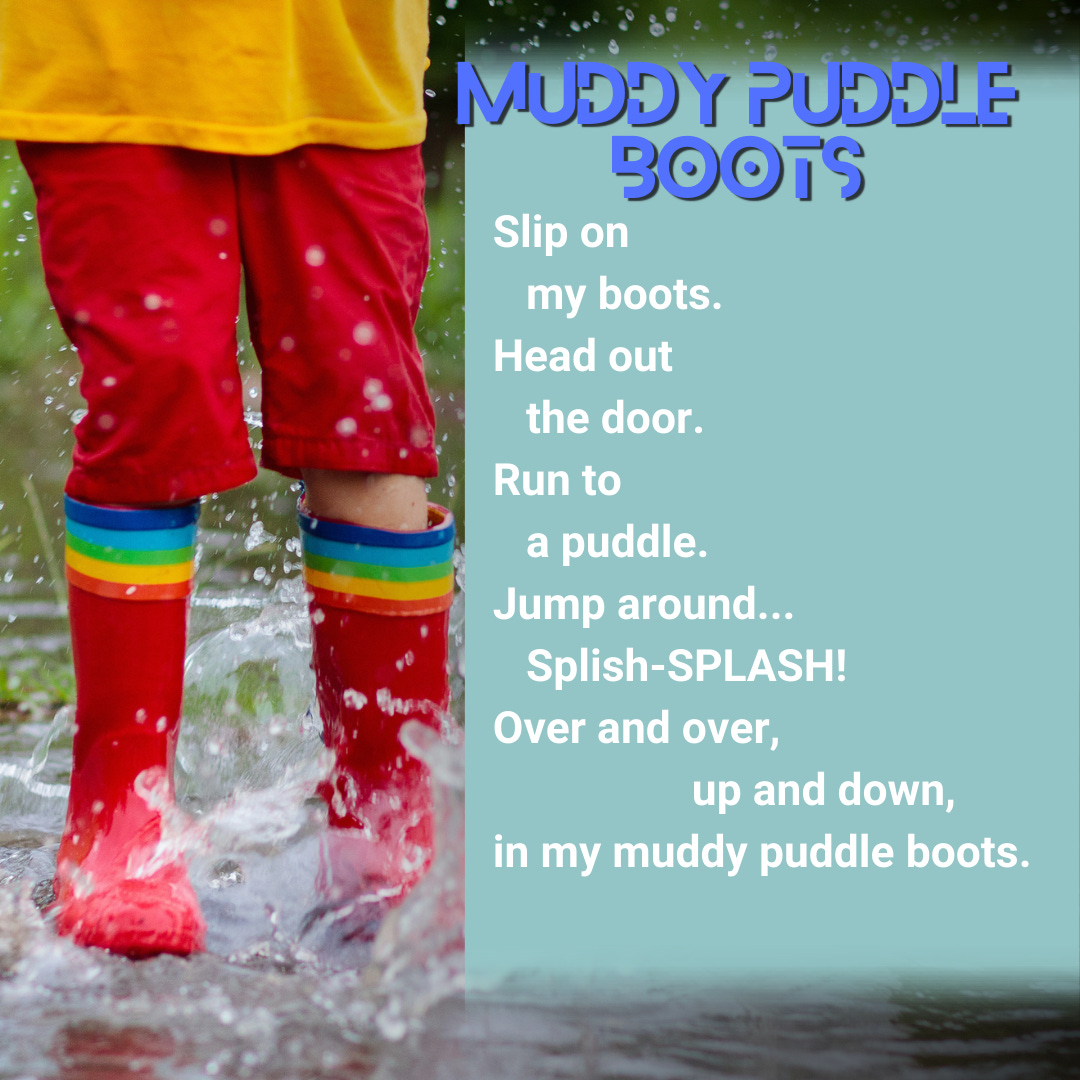A Brief History of Poetry
People throughout history have wrapped their hearts and minds around lyrical beats in the written or spoken word
Delving into the origins of poetry would involve going back—way, way back—in time. The first writings of poetry that we know of are in the Bible—particularly in Psalms and Proverbs. We also have writings like the Odyssey that came in the BC era, along with poetry from early philosophers who wrote their philosophies in verse.
We could write an entire book, likely one the size of an encyclopedia, dissecting the origins of poetry. Yet one thing is clear: all people groups and all civilizations have wrapped their hearts and minds around lyrical beats in the written or spoken word. Truly, many forms of poetry and story were passed down orally, with an emphasis on sharing with children, so they’d be carried from generation to generation.
As we skip ahead in time, we see written classics still known today:
Mother Goose emerged in 1650.
John Newbery’s, Little Pretty Pocket Book, came out in 1744 and is considered the first book for children. It contained rhymes and alphabet fun. (John Newbery is whom the Newbery Award is named after today.)
Jumping forward more than a century, Lewis Caroll’s poem, Jabberwocky, was published in 1865 as part of Through the Looking Glass.
Emily Dickinson was writing during Caroll’s time, but her poetry didn’t get published until 1890—four years after her death.
Then, in 1924, A.A. Milne published poetry books for children and later wrote, Winnie the Pooh.
Dr. Seuss came out with his first book in 1937, To Think That I Saw It on Mulberry Street, followed by numerous other kids’ books that still delight readers today.
In 1964, Shel Silverstein came out with his first poetry book, Don’t Bump the Glump! and Other Fantasies, followed by several more.
Numerous songs, poems, and rhymes were shared and published for children in between these mentioned, and today, the poetry world continues to bloom and grow!1
Looking back over the past several centuries of poetry, one thing is clear: there isn’t a single form of poetry that is “the best” or one way to write poetry. There are, in fact, rules to abide by to make poetry roll off the tongue and tickle the ear, but no form of poetry is considered to be superior. Perhaps the “best” form of poetry is the one that you enjoy the most!
As we look at a few of the many forms of poetry this month, remember the significance of those who have gone before us shaping words into tasty treats filled with cadence and/or rhyme. For fun, here’s a book about America’s first published female poet, Anne Bradstreet:
READ: POET, PILGRIM, REBEL The Story of Anne Bradstreet, America’s First Published Poet by Katie Munday William, illustrated by Tania Rex
DISCUSS:
What challenges did Anne Bradstreet face?
Why did Anne write poetry?
How did she first start writing poetry?
When did Anne write?
Do you have any challenges you face when writing poetry?
DO: Write a poem and share it with someone! That’s what Anne did. Here’s one I wrote myself:
Note: Some links will take you to the Read, Discuss, Do bookshop.org storefront. Purchasing a book from the storefront will support independent bookstores and help maintain Read, Discuss, Do at no additional cost to you.
For a more comprehensive timeline of children’s poetry, please visit History of Children’s Poetry.






Awesome post!